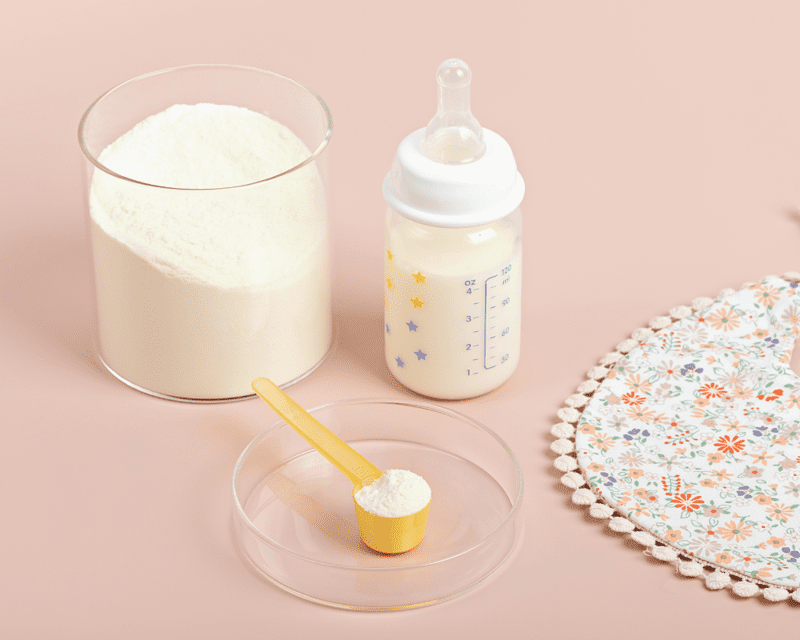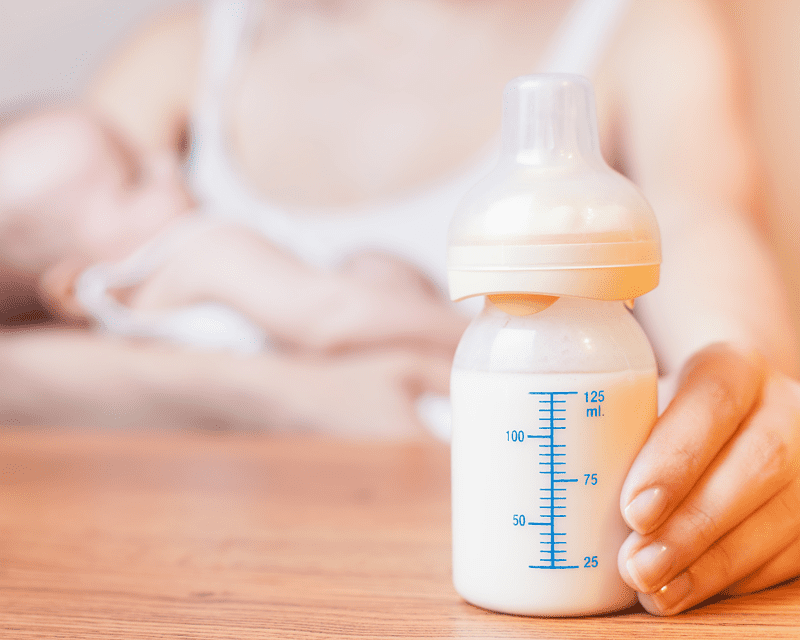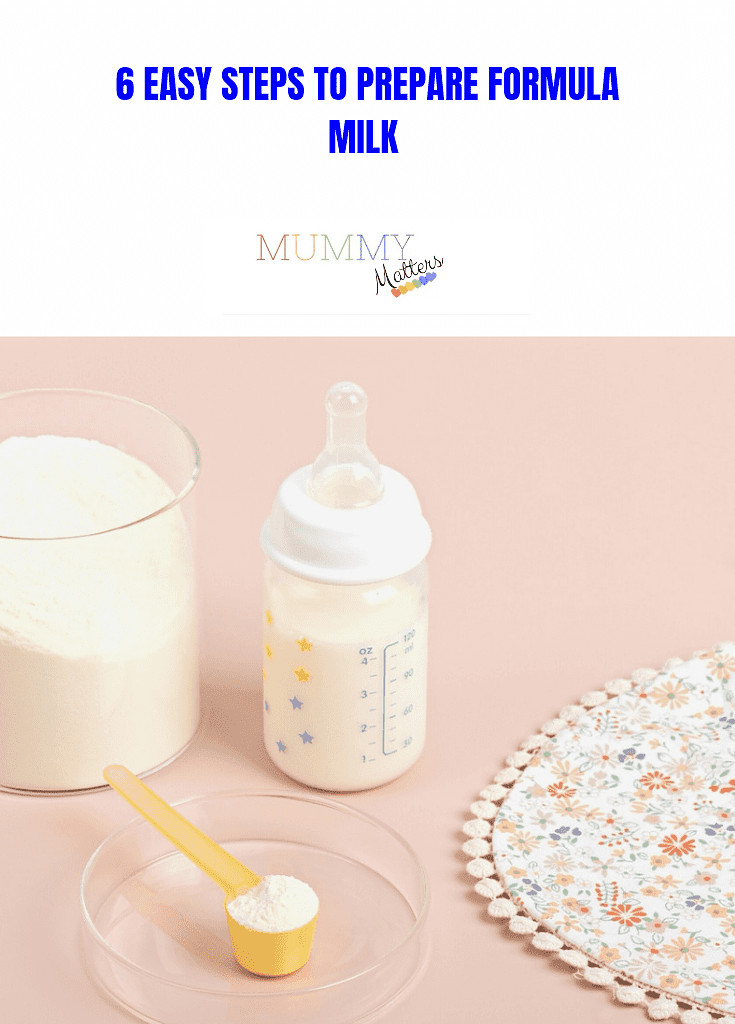Babies need good food to grow healthy. Breast milk provides them with the best nutrition. However, formula milk can also be a good option if breastfeeding is impossible. It has the proper nutritional value for babies.
Formula milk has everything a baby needs to grow: protein, carbohydrates, fats, vitamins, and minerals. Furthermore, it’s better for babies than cow’s milk because it’s easier to digest and has iron, which helps them grow. The process of preparing it does, however, present some challenges.
Formula Milk Preparation Challenges
Preparing formula milk can be challenging. Furthermore, following proper guidelines to ensure it’s safe and nutritious for the baby is essential. Here are the key challenges that may arise when preparing formula milk:
- Measuring accurately: How do you measure the formula and water using the correct ratio to avoid over or under-diluting it?
- Water quality: How do you ensure clean and safe water, free of contaminants or bacteria?
- Temperature: What’s the ideal temperature to prepare it to prevent bacterial growth and ensure it is safe for the baby to consume?
There are many challenges you may face. But with HiPP Baby formula, you can get specialized recipes for babies with specific dietary requirements, making it more manageable. Moreover, you can overcome them through these six easy steps to prepare formula milk.
6 Easy Steps To Prepare Formula Milk
Step #1: Wash Your Hands Thoroughly
Before preparing formula milk, it is essential to wash your hands thoroughly. Do so with soap and warm water for at least 20 seconds. It’ll help you remove any dirt, bacteria, and other contaminants on your hands.
Baby formula milk preparation requires special handwashing because they’re more susceptible to infections. It is also essential to wash your hands before handling feeding equipment, such as bottles, nipples, and caps. It helps to prevent the transfer of bacteria and other contaminants.
Step # 2: Boil Fresh Water
Boiling fresh water is crucial in preparing safe formula milk for babies. Doing so helps to kill any harmful bacteria or germs that may be present. Consequently, it makes the water safe for consumption. When boiling the water, it’s best to use a kettle or pan and bring it to a rolling boil.
Allow the water to cool for 30 minutes to 1 hour, depending on the baby’s age. You should cool the water to no less than 70 degrees Celsius for newborns, while you can cool it to around 40 to 50 degrees Celsius for older babies. Boiling water and ensuring it is the correct temperature is vital in creating formula milk to maintain the baby’s safety and health.
Step #3: Measure the Appropriate Amount of Formula Powder

Measuring the appropriate amount of formula powder is critical in preparing safe and nutritious formula milk for babies. The correct quantity ensures the baby receives the proper nutrients, vitamins, and minerals. These nutrients are necessary for the healthy growth and development of the baby.
The formula powder may vary depending on the baby’s age, weight, and formula. The instructions on the formula packaging usually guide the amount of powder needed. It depends on the feed used and the age and weight of the baby. An inaccurate quantity may lead to the baby receiving too little or too much formula, thus affecting their health and growth.
Step #4: Add the Formula Powder to the Water
It’s time to add the powder to the boiled water. To do this, carefully pour the measured formula powder into the sterilized bottle or container containing the appropriate amount of boiled water.
It is essential to add formula powder to the water rather than the other way around. It guarantees the formula powder is completely blended and keeps it from lumping. It could lead to blockages in the baby’s bottle and make it hard for them to feed.
Step #5: Test the Temperature of the Formula Milk

After mixing the formula powder and boiled water, it is essential to test the temperature of the formula milk before feeding it to the baby. The formula milk should be warm, not hot, to ensure it does not burn the baby’s mouth or throat.
Drip a small amount of formula onto the inside of your wrist to test the temperature. The formula milk should feel warm but not hot. If the formula milk feels too hot, wait for it to cool down before feeding the baby.
Step #6: Feed the Baby Promptly and Discard Any Leftover
After testing the milk temperature, it is time to feed the baby promptly. You can hold the baby securely and gently tilt the bottle to ensure you fill the nipple with milk. Position the nipple in the baby’s mouth so it can suckle comfortably and swallow it.
It is crucial to ensure the baby feeds comfortably, taking breaks to burp and rest. Paying attention to the baby’s cues while providing food until they are satisfied is also necessary. Once done, throw out the remaining formula milk immediately. Throwing away over an hour of left-out formula milk would be best. It can become contaminated with harmful bacteria.
Conclusion
Preparing and feeding formula milk can be challenging. Still, by following the above six steps and considerations, parents and caregivers can help ensure the safety and health of their infants.

